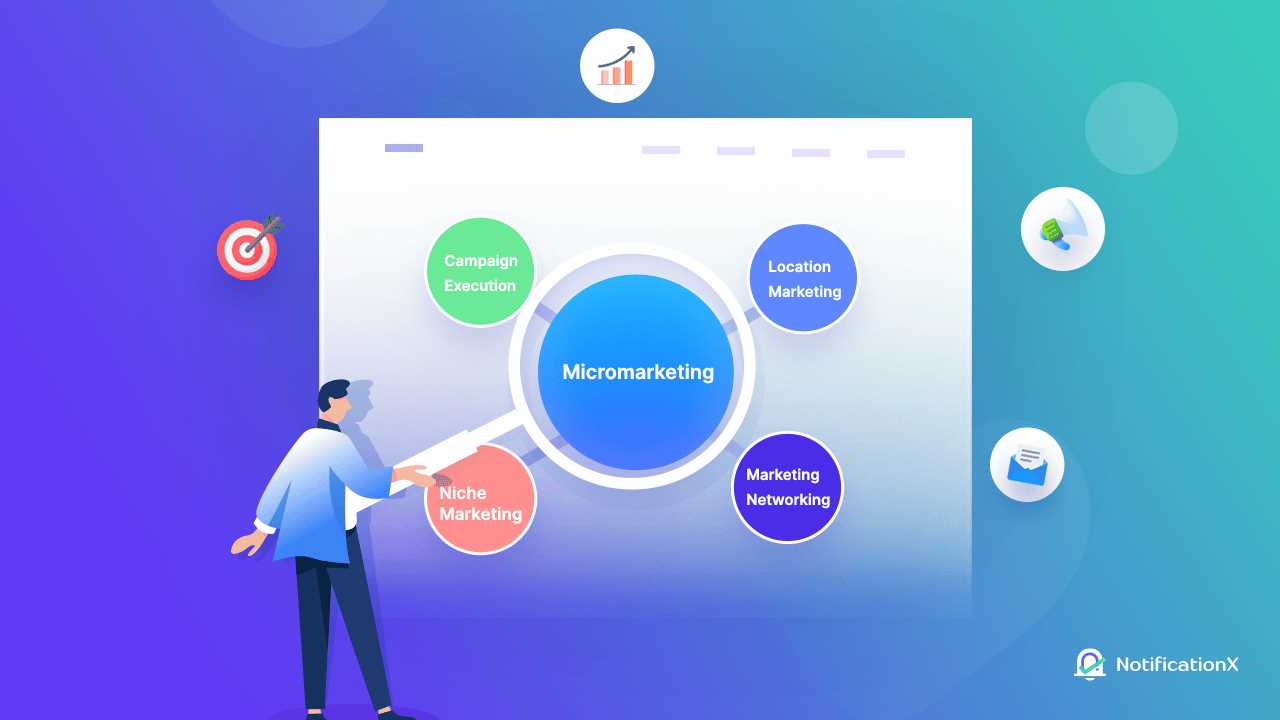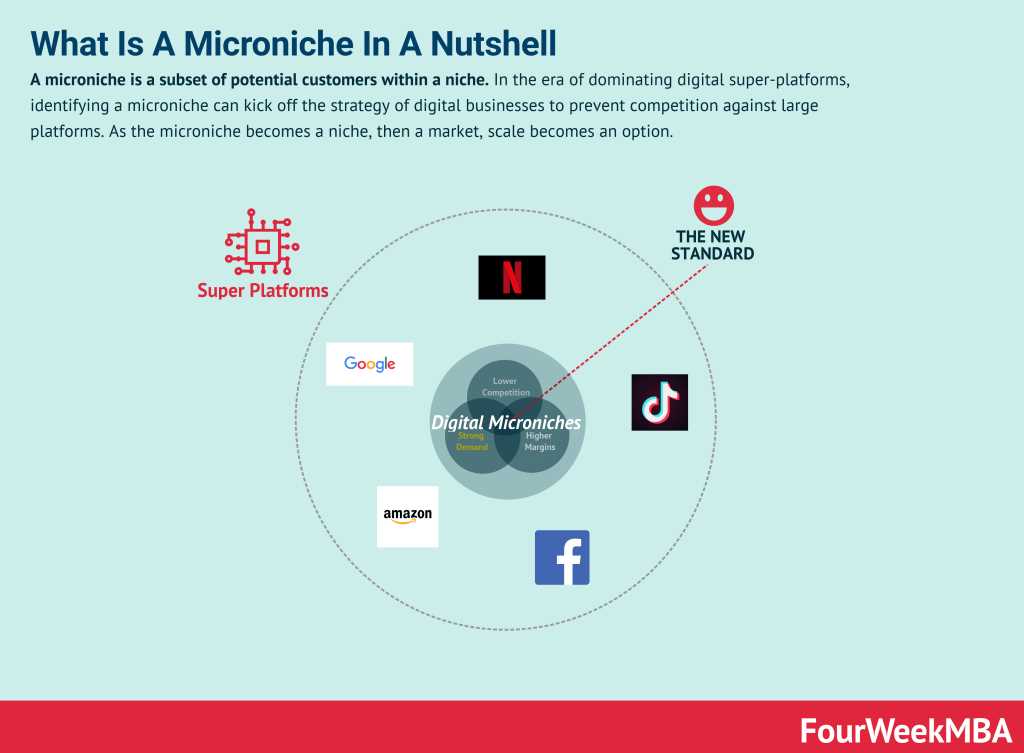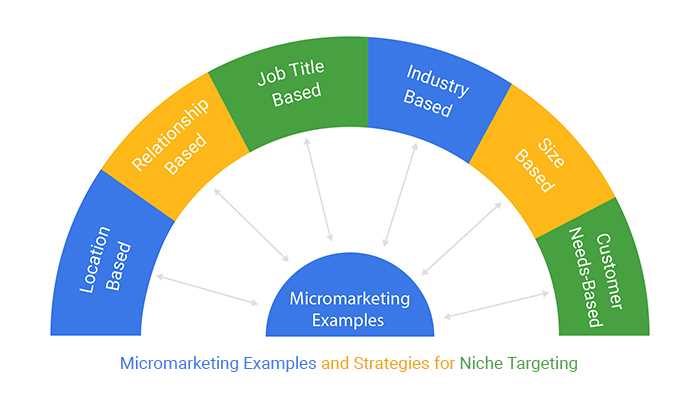Micromarketing Explained: Definition, Uses, and Examples
Micromarketing can be implemented through various techniques and strategies. One common approach is to use customer segmentation, where customers are grouped based on their demographic, psychographic, or behavioral characteristics. This allows businesses to create targeted marketing messages and offers that are more likely to resonate with each segment.
The Importance of Micromarketing in Modern Business
Micromarketing is becoming increasingly important in modern business due to several factors. Firstly, customers today have higher expectations and demand personalized experiences. They are bombarded with marketing messages and offers on a daily basis, and generic mass marketing campaigns are often ignored. By implementing micromarketing strategies, businesses can cut through the noise and deliver personalized messages that stand out.
Secondly, advancements in technology and data analytics have made it easier for businesses to collect and analyze customer data. This allows them to gain valuable insights into customer preferences and behaviors, which can be used to create targeted marketing campaigns. With the availability of customer relationship management (CRM) software and marketing automation tools, businesses can easily implement and track micromarketing campaigns.
Successful Micromarketing Examples
There are several successful examples of micromarketing that have been implemented by various companies. One example is Amazon, which uses personalized product recommendations based on individual customer browsing and purchase history. This not only helps in increasing sales but also enhances the customer experience by making it easier for customers to discover relevant products.
Another example is Starbucks, which uses customer segmentation to create personalized offers and rewards through its loyalty program. By analyzing customer data, Starbucks is able to offer targeted discounts and promotions to specific customer segments, increasing customer loyalty and engagement.
The Concept of Micromarketing
Micromarketing involves breaking down a larger market into smaller, more manageable segments. These segments can be based on various factors such as demographics, psychographics, geographic location, or purchasing behavior. By analyzing these segments, businesses can gain insights into the unique needs and preferences of each group.
The Benefits of Micromarketing
There are several benefits to implementing a micromarketing strategy:
1. Enhanced Customer Engagement: By tailoring marketing messages to specific customer segments, businesses can increase customer engagement and response rates. When customers feel that a brand understands their needs and preferences, they are more likely to engage with the marketing efforts.
2. Improved ROI: Micromarketing allows businesses to allocate their marketing resources more effectively. By focusing on specific segments, businesses can avoid wasting resources on irrelevant audiences and instead invest in targeted campaigns that are more likely to generate a higher return on investment.
3. Increased Customer Loyalty: When customers feel that a brand understands and caters to their specific needs, they are more likely to develop a sense of loyalty towards that brand. Micromarketing helps build stronger relationships with customers by delivering personalized experiences and offerings.
Implementing Micromarketing

Implementing a micromarketing strategy involves several steps:
1. Market Segmentation: Identify and segment your target market based on relevant criteria such as demographics, psychographics, or purchasing behavior.
2. Customer Profiling: Develop detailed profiles of each customer segment, including their needs, preferences, and behaviors.
3. Tailored Messaging: Create marketing messages and content that resonate with each customer segment. Use language, imagery, and offers that are relevant to their specific needs and preferences.
4. Personalized Offerings: Customize your products or services to meet the unique needs of each customer segment. This could involve offering different product variations, pricing options, or bundles.
5. Measurement and Optimization: Continuously monitor and analyze the performance of your micromarketing campaigns. Use data and insights to optimize your strategies and improve results.
Importance of Micromarketing in Modern Business
Micromarketing also allows businesses to optimize their marketing efforts and resources. Instead of casting a wide net and hoping to reach a large audience, micromarketing focuses on targeting a smaller, more specific group of individuals who are more likely to be interested in the product or service being offered. This targeted approach not only saves businesses time and money but also leads to higher conversion rates and a better return on investment.
Improved customer insights
Furthermore, micromarketing allows businesses to stay ahead of the competition. By identifying niche markets and targeting specific customer segments, businesses can differentiate themselves from competitors and position themselves as industry leaders. This not only helps to attract new customers but also allows businesses to charge premium prices for their products or services.
Micromarketing Strategies and Techniques
Micromarketing is a marketing strategy that focuses on targeting specific segments of the market with tailored messages and offerings. It allows businesses to connect with their customers on a more personal level, increasing the chances of conversion and customer loyalty. Here are some effective micromarketing strategies and techniques:
1. Customer Segmentation:
One of the key aspects of micromarketing is dividing the target market into smaller segments based on various criteria such as demographics, psychographics, and behavior. This allows businesses to understand their customers’ needs and preferences better and create personalized marketing campaigns for each segment.
2. Personalized Messaging:
Once the target market is segmented, businesses can create personalized messages that resonate with each segment. This can be achieved by using customer data and insights to tailor the content, tone, and language of the marketing materials. Personalized messaging helps businesses establish a deeper connection with their customers and increases the likelihood of engagement and conversion.
3. Customized Offerings:
In addition to personalized messaging, micromarketing also involves creating customized offerings for different customer segments. This can include product variations, pricing options, or exclusive promotions that cater to the specific needs and preferences of each segment. Customized offerings make customers feel valued and understood, leading to increased customer satisfaction and loyalty.
4. Location-Based Marketing:
Another effective micromarketing technique is location-based marketing, which targets customers based on their geographical location. Businesses can use geolocation data to send targeted messages or offers to customers in specific areas. This strategy is particularly useful for businesses with physical stores or those targeting specific local markets.
5. Social Media Targeting:
Social media platforms provide valuable data and targeting options that businesses can leverage for micromarketing. By using social media analytics and targeting tools, businesses can identify and reach out to specific customer segments based on their interests, demographics, and online behavior. This allows for more precise targeting and higher chances of engagement and conversion.
6. Influencer Marketing:
Influencer marketing is a popular micromarketing technique that involves collaborating with influential individuals or personalities to promote a product or service. By partnering with influencers who have a strong following within a specific niche or demographic, businesses can effectively reach and engage with their target audience on a more personal level.
7. Continuous Data Analysis:
Micromarketing requires businesses to constantly analyze customer data and refine their strategies accordingly. By regularly monitoring and analyzing customer behavior, preferences, and feedback, businesses can identify new opportunities, optimize their marketing efforts, and stay ahead of the competition.
Overall, micromarketing strategies and techniques enable businesses to connect with their customers on a more personal level, increase engagement and conversion rates, and build long-term customer loyalty. By leveraging customer data and insights, businesses can create tailored messages and offerings that resonate with their target audience, ultimately driving business growth and success.
Successful Micromarketing Examples

1. Starbucks’ Personalized Offers

Starbucks is known for its successful micromarketing efforts. The company uses its mobile app to collect data on customer preferences and behavior. Based on this data, Starbucks sends personalized offers and promotions to individual customers. For example, if a customer frequently purchases a particular drink, Starbucks may offer a discount on that drink to encourage repeat purchases. This personalized approach helps Starbucks build customer loyalty and increase sales.
2. Amazon’s Product Recommendations
3. Nike’s Customization Options
Nike offers a range of customization options for its products, allowing customers to personalize their shoes and apparel. This micromarketing strategy appeals to customers who want unique and personalized products. Nike’s customization options not only cater to individual preferences but also create a sense of exclusivity and personal connection with the brand.
4. Coca-Cola’s “Share a Coke” Campaign
Implementing Micromarketing in Your Business
Implementing micromarketing strategies in your business can greatly enhance your marketing efforts and help you achieve better results. Here are some steps to effectively implement micromarketing in your business:
- Collect and analyze data: Micromarketing relies heavily on data collection and analysis. Use tools like customer surveys, social media analytics, and website analytics to gather information about your target audience. Analyze this data to gain insights into their behavior, preferences, and purchasing patterns. This will help you create more targeted and personalized marketing campaigns.
- Use targeted advertising: Micromarketing involves using targeted advertising channels to reach your specific audience segments. Utilize social media platforms, email marketing, and online advertising to deliver your personalized messages to the right people at the right time. This will increase the effectiveness of your marketing campaigns and drive better results.
- Monitor and adapt: Continuously monitor the performance of your micromarketing campaigns and make necessary adjustments. Track key metrics such as conversion rates, click-through rates, and customer engagement to evaluate the success of your strategies. Use this data to refine your approach and make improvements to your future campaigns.
- Provide exceptional customer experiences: Micromarketing is not just about delivering personalized messages; it is also about providing exceptional customer experiences. Ensure that your products or services meet the specific needs and expectations of each audience segment. Offer personalized customer support and engage with your customers on a personal level to build strong relationships.
- Measure and analyze results: Finally, measure and analyze the results of your micromarketing efforts. Use data analytics tools to track the impact of your campaigns on key business metrics such as sales, customer retention, and brand loyalty. This will help you understand the ROI of your micromarketing strategies and make informed decisions for future marketing initiatives.
By implementing micromarketing in your business, you can effectively target and engage with your audience on a more personal level. This will not only improve the effectiveness of your marketing campaigns but also enhance customer satisfaction and drive business growth.

Emily Bibb simplifies finance through bestselling books and articles, bridging complex concepts for everyday understanding. Engaging audiences via social media, she shares insights for financial success. Active in seminars and philanthropy, Bibb aims to create a more financially informed society, driven by her passion for empowering others.
